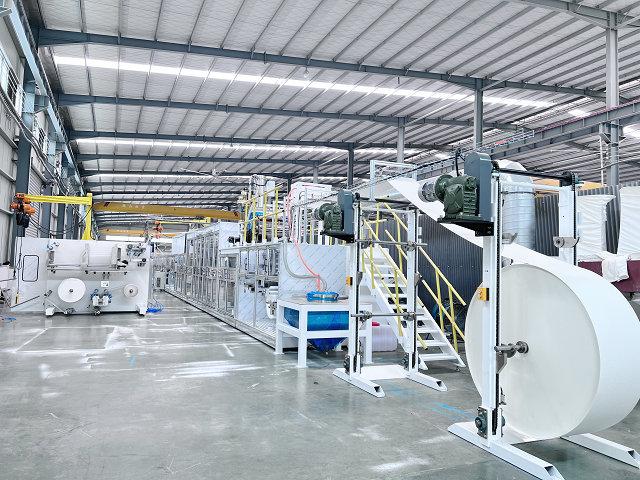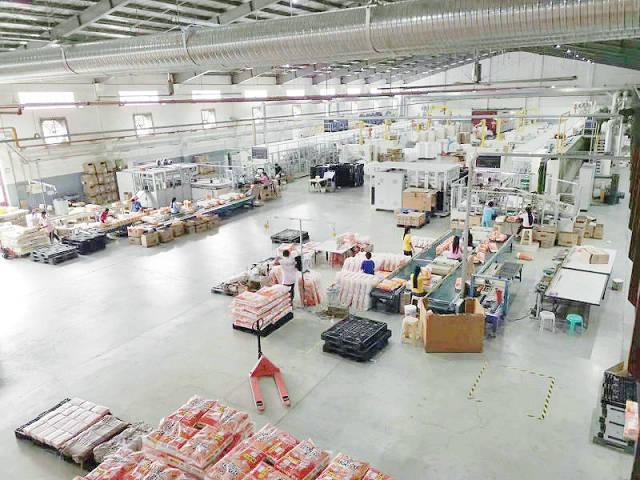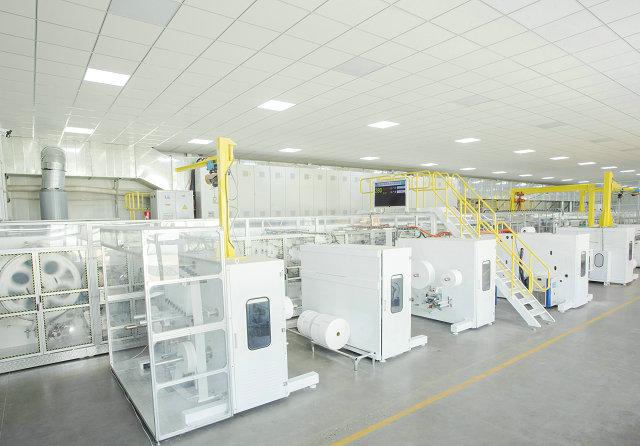Author:Haina Machinery Factory FROM:Diaper Machinery Manufacturer TIME:2024-11-24
Sanitary pad machines play a crucial role in the production of feminine hygiene products, ensuring that they meet both quality standards and consumer demands. Understanding the average production cycle time for these machines is essential for manufacturers aiming to optimize their processes, reduce costs, and enhance output efficiency. In this article, we will explore the factors influencing production cycle times, typical timelines for various types of machines, and best practices for maximizing efficiency.
Production cycle time refers to the total time taken to produce one unit of product from start to finish. For sanitary pad machines, this encompasses several stages including raw material preparation, actual production, quality control, and packaging. Each of these stages can significantly influence the overall cycle time, making it imperative for manufacturers to have a comprehensive understanding of their specific processes.

Several key factors impact the production cycle time for sanitary pad machines. These include machine speed, operator efficiency, maintenance schedules, and the complexity of the product design. High-speed machines typically have shorter cycle times, but this can also depend on the type of absorbent materials used and the design specifications of the pads themselves. Additionally, the skill level of the operators can either enhance or hinder productivity, affecting the overall efficiency of the production process.

The average production cycle time for sanitary pad machines varies widely based on the type and design of the machine. For instance, fully automated machines can produce sanitary pads in approximately 300 to 600 pads per hour, translating to an average cycle time of about 6 to 12 seconds per pad. In contrast, semi-automated machines may have longer cycle times, typically ranging from 15 to 30 seconds per pad due to manual interventions required at various stages of production.
Advancements in technology have led to the development of high-speed sanitary pad machines that significantly reduce cycle times. These machines utilize sophisticated automation and robotics to streamline each stage of production. For example, modern machines are equipped with sensors and software that monitor production speed and quality in real-time, allowing for immediate adjustments. As a result, manufacturers can achieve higher output rates while maintaining product quality, ultimately reducing overall cycle times.
Quality control is a critical component of the sanitary pad production process. While implementing rigorous quality checks can extend production cycle times, they are necessary to ensure that the final product meets safety and performance standards. Manufacturers often need to balance the need for thorough quality inspections with the desire to minimize cycle times. Strategies such as in-line testing and automated quality assessments can help achieve this balance by identifying defects early in the production process, thereby reducing the time spent on rework and scrap.

To optimize production cycle times, manufacturers can employ several strategies. One effective approach is to conduct regular maintenance on machinery to prevent breakdowns and ensure consistent operation. Additionally, training operators to enhance their efficiency can lead to quicker turnaround times. Implementing lean manufacturing principles can also help identify and eliminate waste in the production process, further reducing cycle times. By focusing on continuous improvement, manufacturers can achieve significant gains in productivity.
Efficient supply chain management is another crucial factor influencing production cycle times. Delays in the supply of raw materials can disrupt production schedules and increase cycle times. Therefore, establishing strong relationships with suppliers and maintaining optimal inventory levels can help mitigate these risks. Furthermore, utilizing just-in-time (JIT) inventory practices can ensure that materials are available when needed without overstocking, allowing for smoother production flows and reduced cycle times.
Looking ahead, the sanitary pad production industry is poised for further advancements that could significantly influence production cycle times. Innovations such as smart manufacturing technologies and the integration of artificial intelligence may lead to more efficient processes. These technologies can optimize production schedules, predict maintenance needs, and improve overall operational efficiency. As sustainability becomes increasingly important, manufacturers may also explore eco-friendly materials that could impact production methods and cycle times.
In conclusion, the average production cycle time for sanitary pad machines is influenced by various factors, including machine type, technology, operator efficiency, and quality control measures. Understanding these elements allows manufacturers to optimize their production processes effectively. By adopting best practices and leveraging technological advancements, companies can reduce cycle times, enhance productivity, and meet the growing demand for sanitary products. Ultimately, continuous improvement and adaptation to industry trends will be key to success in this competitive market.
